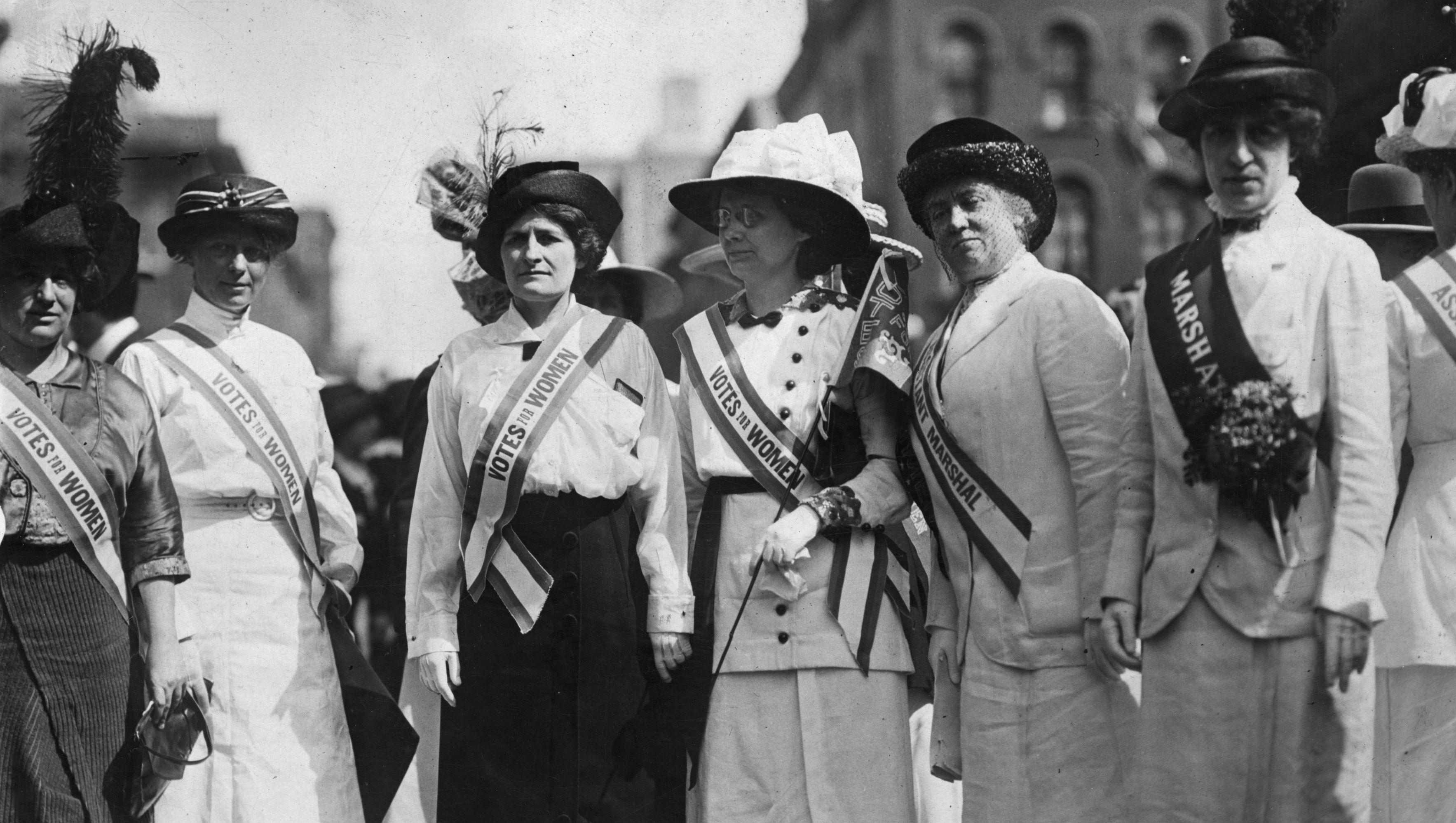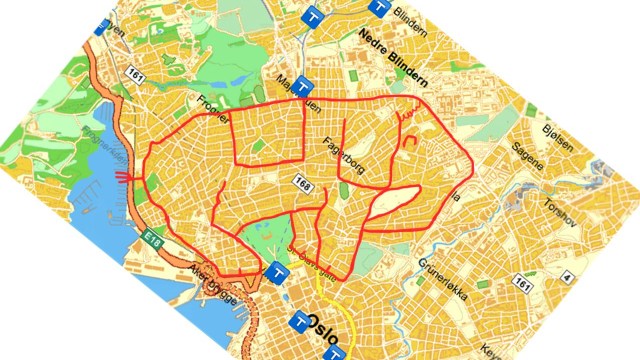436 – A Map of the Great Fear
n
The rapid spread of the Great Fear was one of the weirder episodes in the early, confusing days of the French Revolution. This combination of a riot, a brush fire and a game of Chinese whispers raged from July 20 to August 5 of the revolutionary year 1789 – a year now better remembered for July 14, the date of the storming of the Bastille, which set off the Revolution itself. Quatorze juillet has been the French Fête Nationale ever since.
n
La Grande Peur followed Bastille Day – as the translation of the Parisian, urban revolt to the countryside. This short-lived peasants’ revolt, sounding the death-knell of the Ancien Regime, occurred in the context of the worsening grain shortage, leading to local militias guarding the dwindling supplies and the new harvest from the swelling ranks of vagrants on the roads. When rumours spread that these brigands were recruited and armed by the despised First Estate (i.e. the nobles, whose monopoly on politics the Revolution would abolish), the peasantry rose up and pre-emptively struck against the nobility, ransacking mansions, destroying feudal records and – also – plundering the grain supplies.
n
The origin, the raging and the rather swift end to the violence associated with La Grande Peur has been sufficiently documented for it to be mapped. It started in the westerly region of Franche-Comté, whence it spread south through the valley of the Rhône to the Provence, and west towards central France. It was joined by another panic centre south of Poitiers, radiating south towards the Pyrenees, and into the Auvergne. The starting points were mostly relatively small towns, stressing the rural character of the phenomenon: Bram, Ruffec, St-Florentin, Louhans, Romilly, Estrees, La Ferie, Gastines. The episode was so confusing that sometimes armed peasants from one village mistook their equally vigilant neighbours for the feared brigands, with unintended, violent consequences.
n
While the worst was over by the beginning of August 1789, quelled by military force, outbreaks of Peur on a rather more petite scale continued into 1790, eventually leaving only extremitous regions such as Alsace and Lorraine, Gascogne and Bretagne untouched.
n
This map found on this page of the Académie d’ Orléans-Tours.
n





